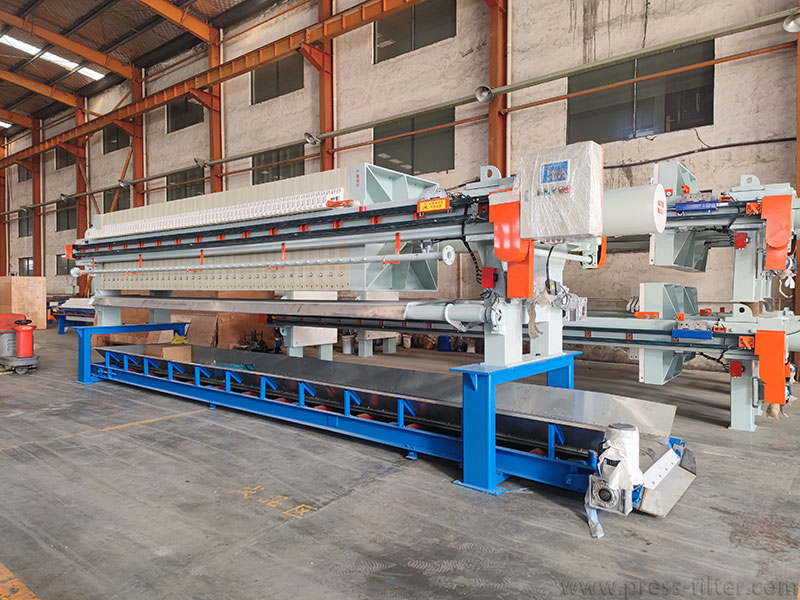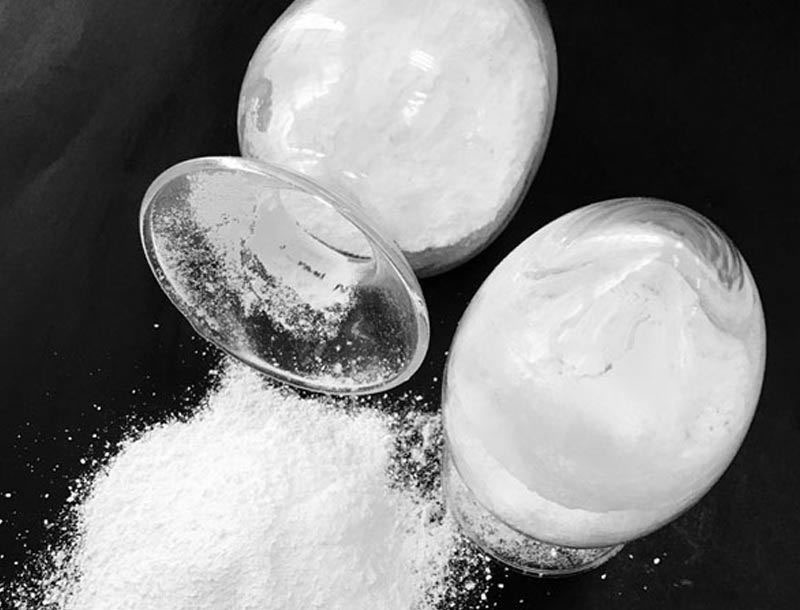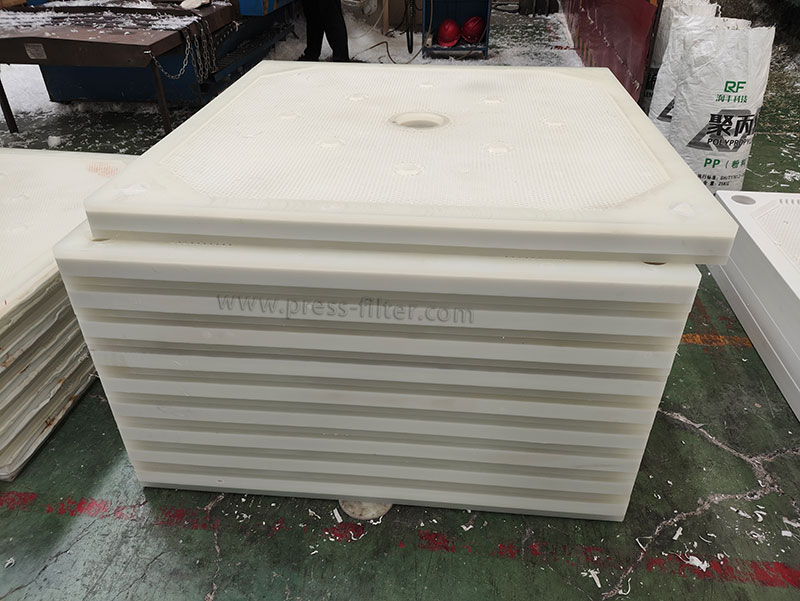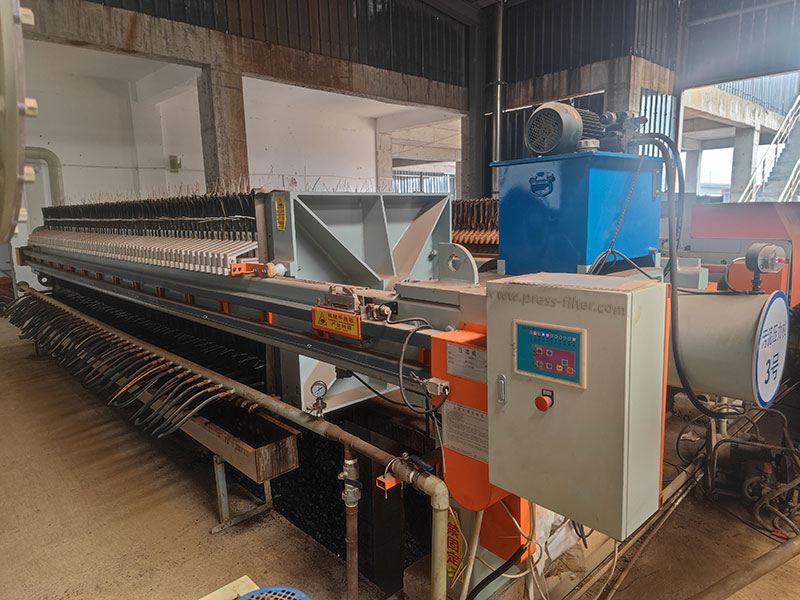Application of a Diaphragm Filter Press in Calcium Powder Dehydration
The main component of calcium powder is calcium carbonate. In the production of calcium carbonate, calcium carbonate has fine particle size and is not easy to settle. At present, the calcium powder dehydration process often uses filtration equipment such as a diaphragm filter press. The water content of calcium powder treated by diaphragm filter press can be as low as 30%-60%. In addition to dehydration, the filter press can also separate and purify calcium and magnesium ions in calcium powder. The following is the application of a diaphragm filter press in calcium powder dehydration.
What is Calcium Powder?
The main component of calcium powder is calcium carbonate (CaCO₃), which is generally used in industries such as papermaking, plastics, coatings, and chemicals.
The particle size of calcium carbonate particles is usually at the micron level, which is easy to suspend and difficult to settle naturally. The surface of fine particles easily absorbs water, making it difficult to achieve low moisture content through ordinary sedimentation or simple filtration. Therefore, the membrane filter press becomes an ideal equipment to solve these problems.
Specific Application Process of Diaphragm Filter Press
Raw material preparation
Calcium powder slurry is a suspension containing calcium carbonate particles, calcium and magnesium ions, and a small amount of other impurities. The raw materials are evenly mixed by a stirring device to ensure uniform particle distribution and avoid solid deposition.
Feeding stage
The diaphragm filter press is started, and the filter plate is closed to form a sealed filter chamber. The calcium powder slurry is fed into the filter chamber of the filter press using a high-pressure feed pump. The feed pressure is usually controlled at 0.6-1.0 MPa to ensure that the slurry can fully fill the filter chamber. The liquid in the slurry flows out through the filter cloth, and the solid particles are intercepted by the filter cloth to form a filter cake.
Filtration stage
Under pressure, the liquid (filtrate) in the slurry is squeezed out and discharged through the drainage pipe.
The filtrate usually contains a small amount of dissolved calcium and magnesium ions, which need to be further treated to purify the recycled water.
With the accumulation of solid particles, the filter cake is gradually formed and compacted.
Diaphragm extrusion stage
The diaphragm plate is filled with high-pressure air or water (pressure can reach 1.0-1.5 MPa), the diaphragm plate expands, and the filter cake is subjected to secondary extrusion. Further reducing the moisture content inside the filter cake can reduce the moisture content to 30%-60%. This stage greatly reduces the moisture in the filter cake while increasing the solid content.
Diaphragm extrusion stage
The diaphragm plate is filled with high-pressure air or water (pressure can reach 1.0-1.5 MPa), the diaphragm plate expands, and the filter cake is subjected to secondary extrusion. The moisture content inside the filter cake is further reduced to 30%-60%. This stage greatly reduces the moisture in the filter cake and increases the solid content.
Unloading and cleaning
Open the filter plate, the filter cake automatically falls off the filter cloth or is unloaded through the scraper device. The unloaded filter cake can be directly processed. Use high-pressure water to automatically clean the filter cloth to avoid clogging of the filter cloth and improve filtration efficiency. Regularly maintain the filter cloth to ensure its permeability and durability.
Conclusion
By rationally optimizing filtration parameters and equipment configuration, the membrane filter press can not only meet the high-efficiency requirements of calcium powder dehydration but also achieve calcium and magnesium ion separation and purification, providing an economical and environmentally friendly solution for calcium carbonate production.





